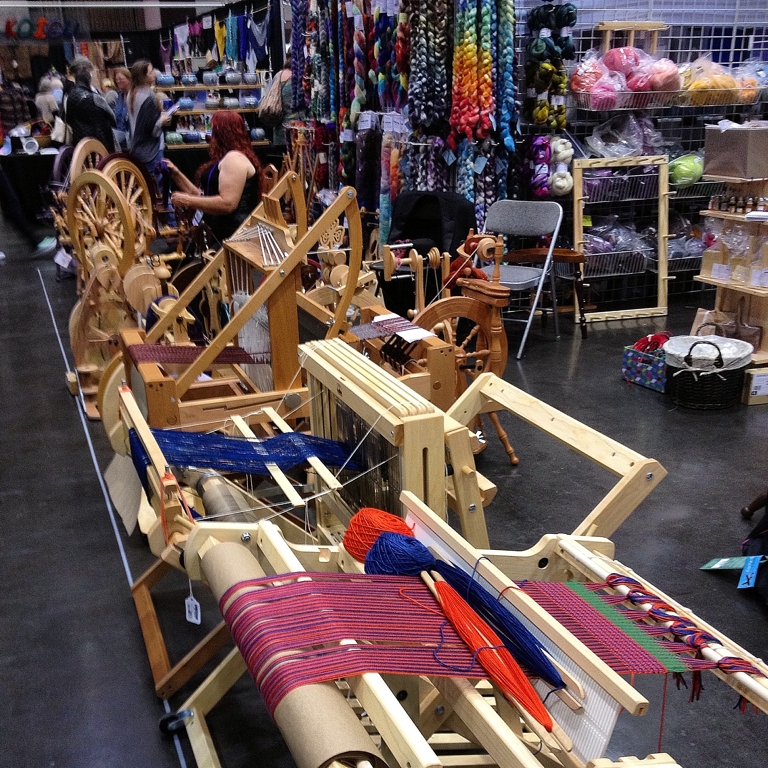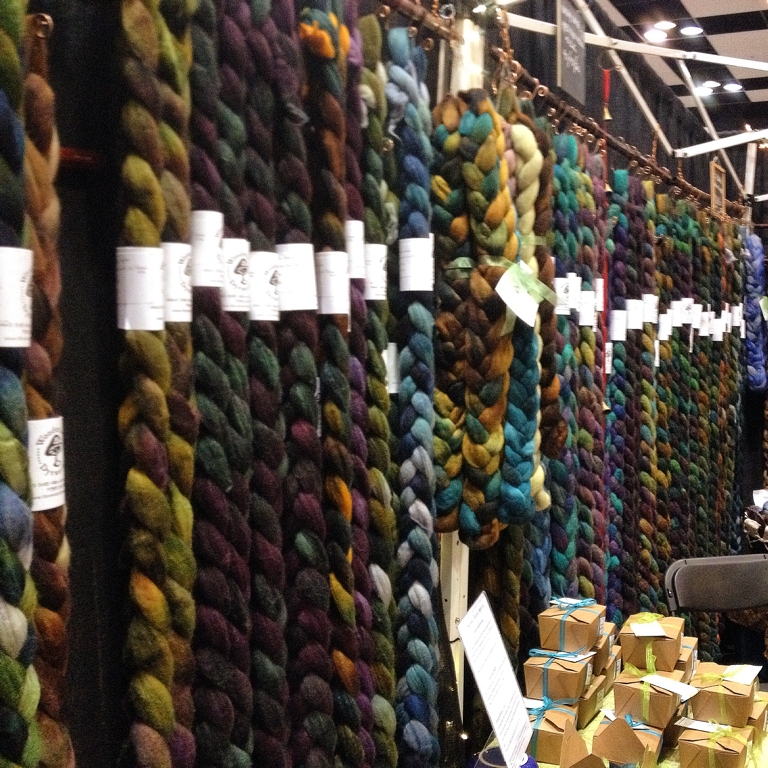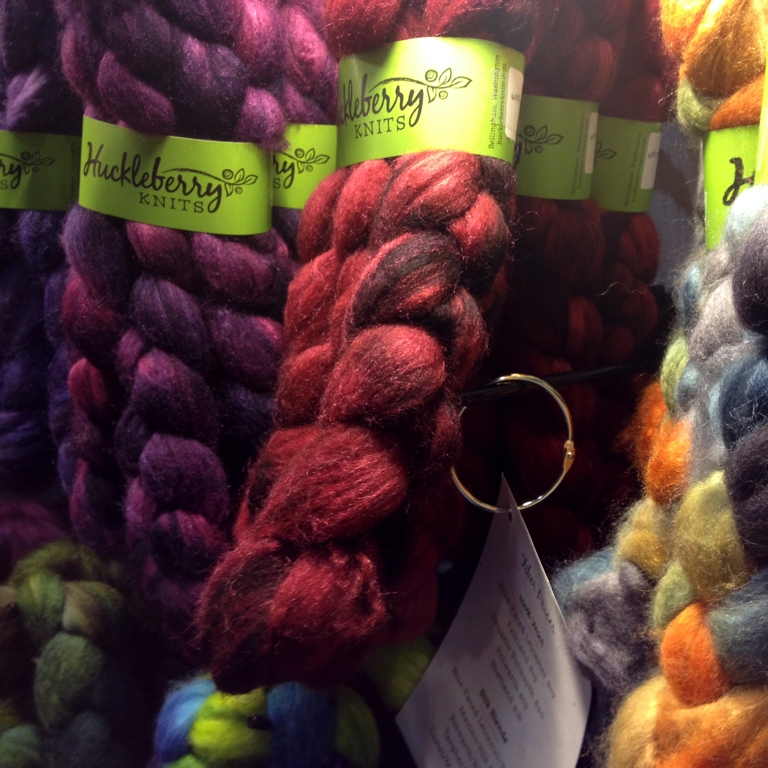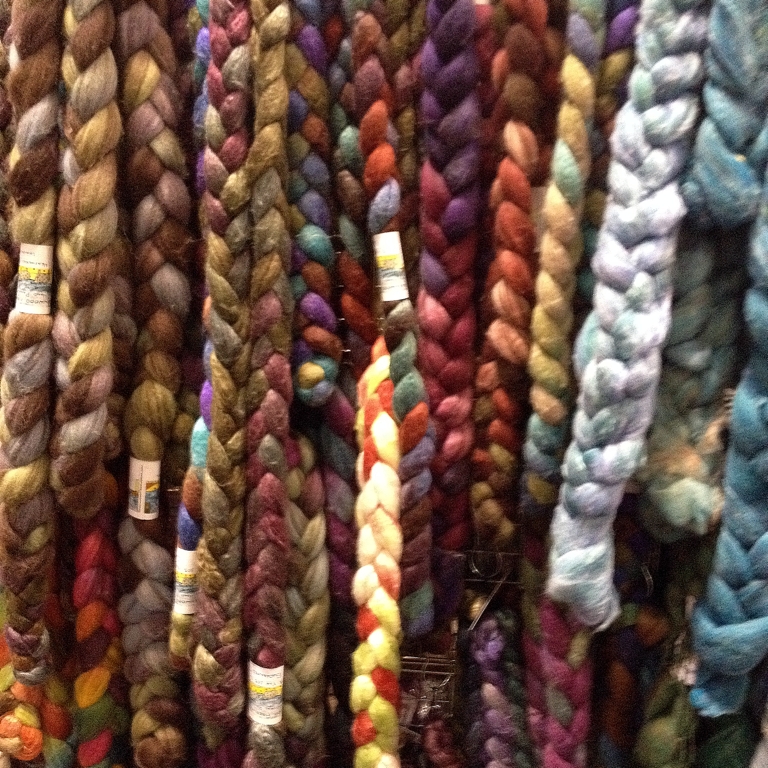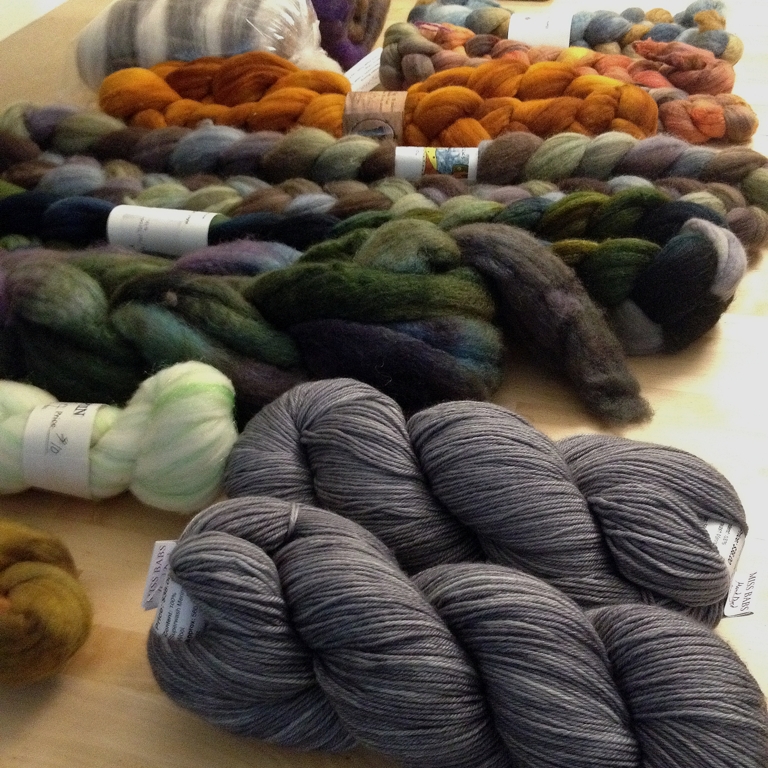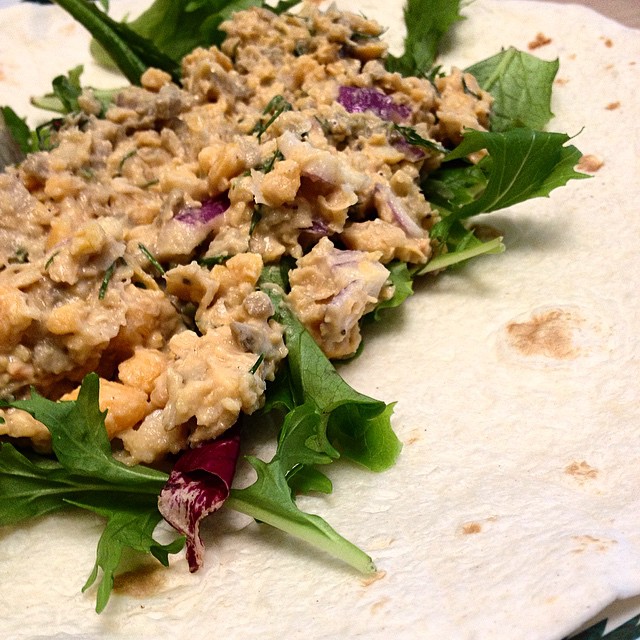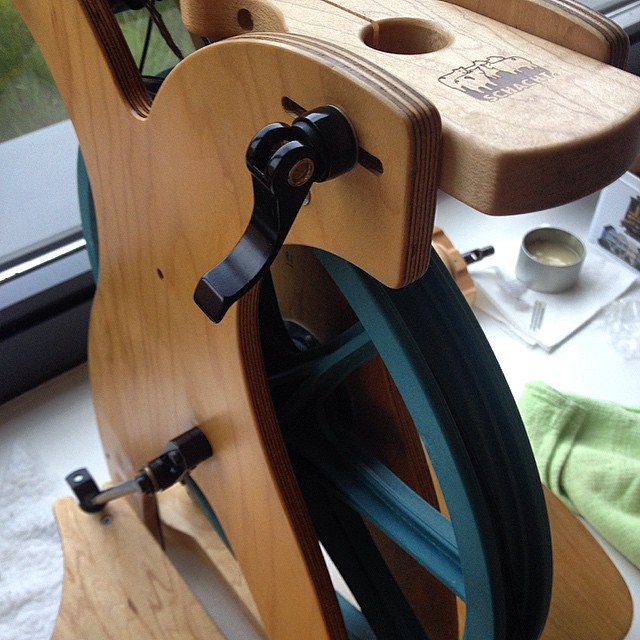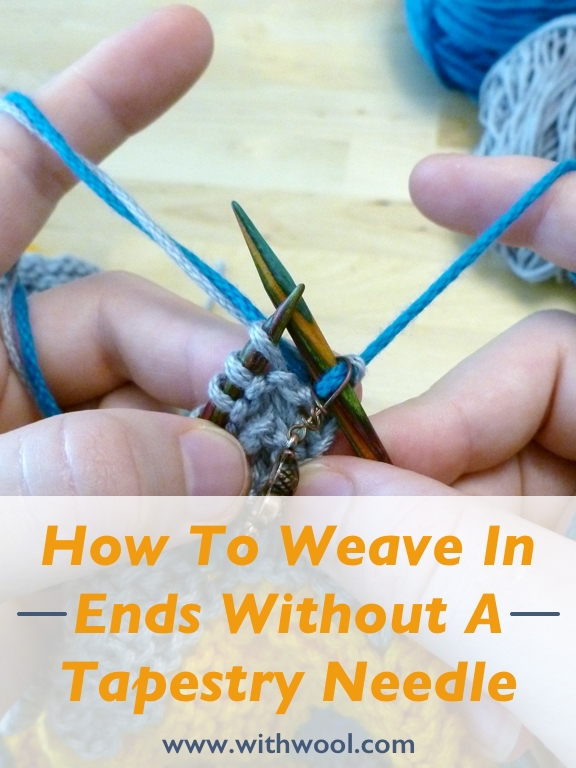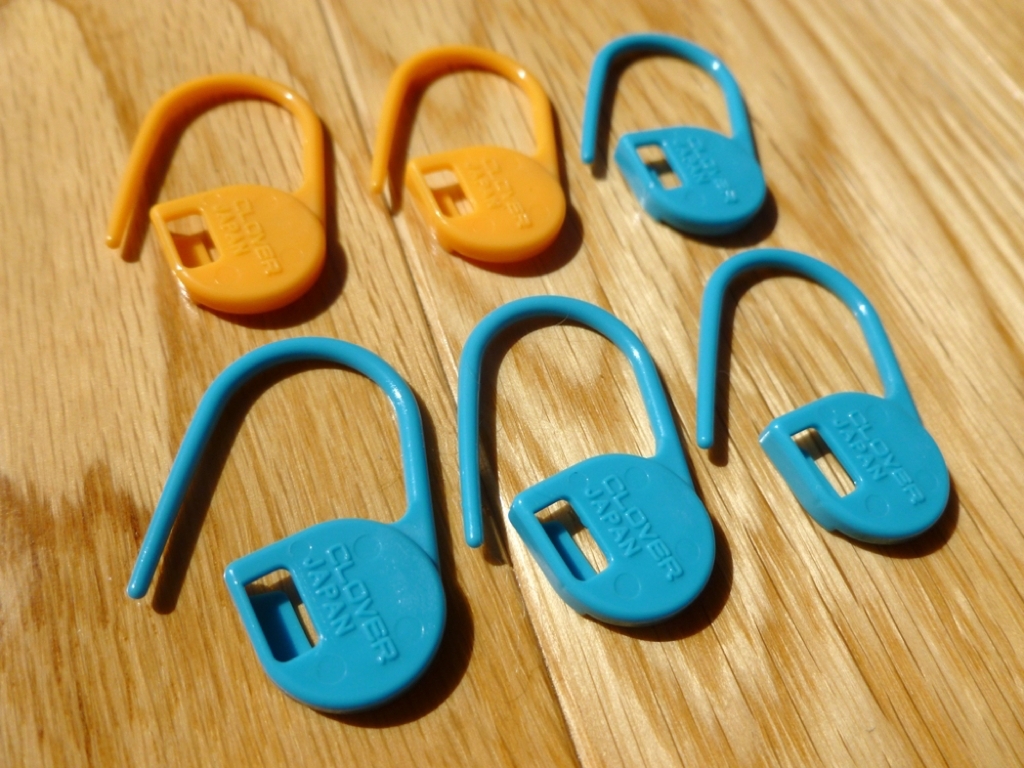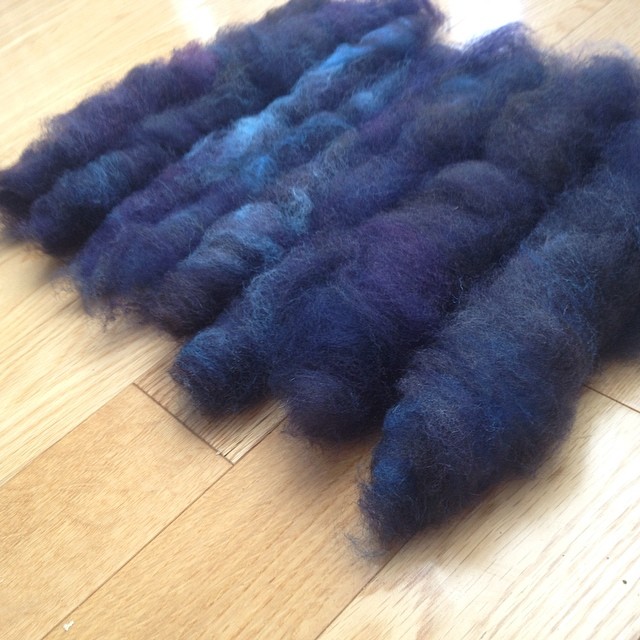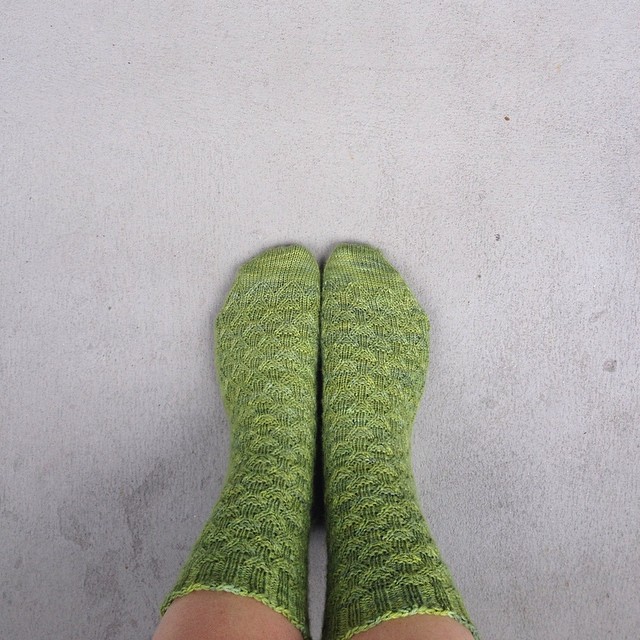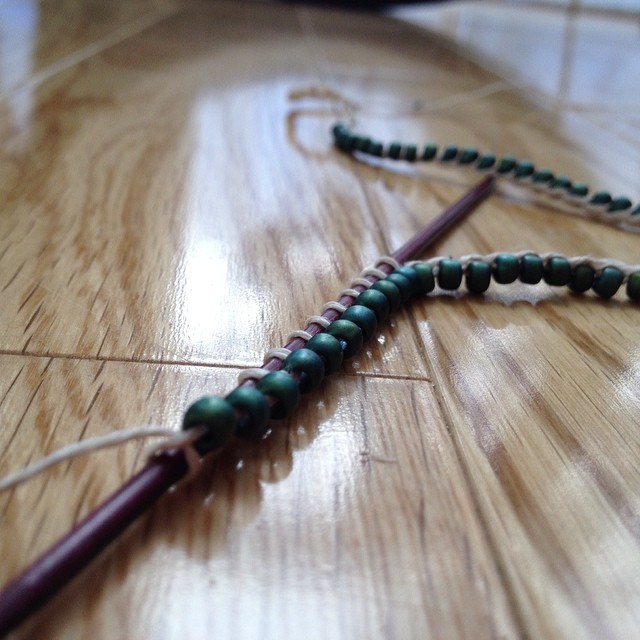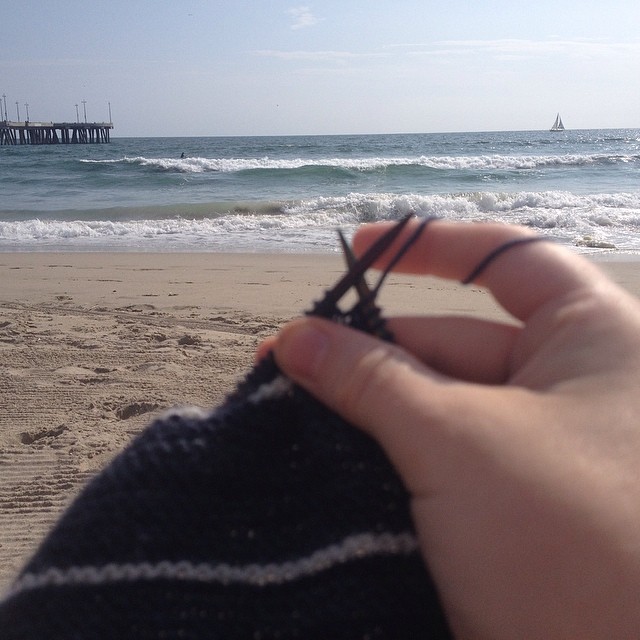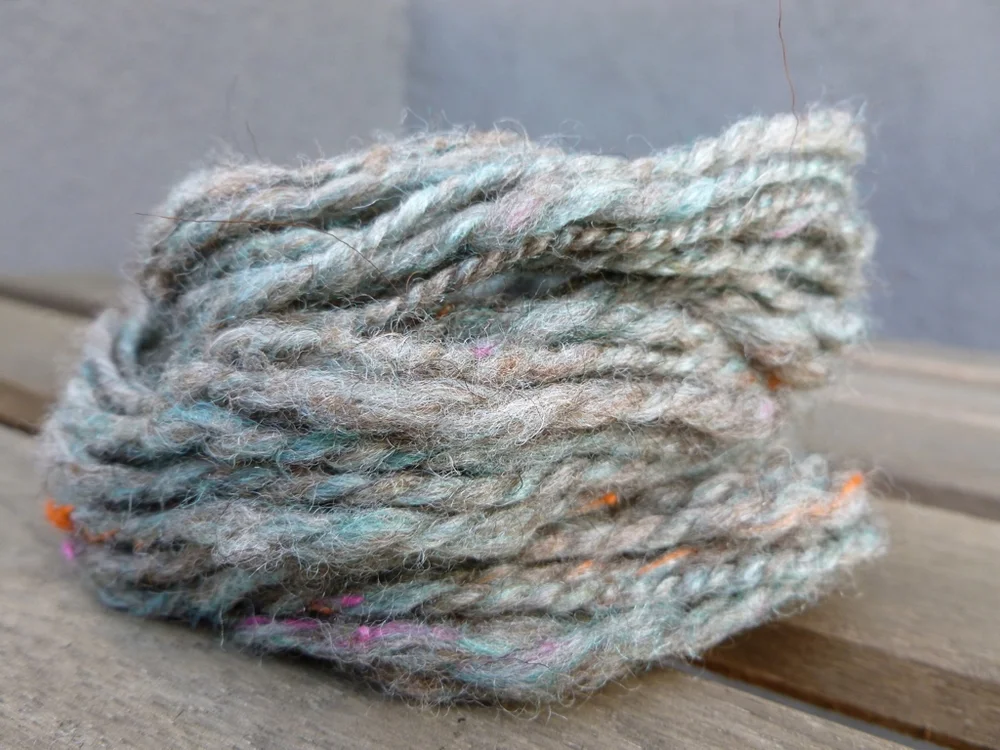Can your flying with your knitting and needles? Yes. Even in carry on? Yes.
In December the Bearded One and I flew to Alabama to visit family. Since I was spending 3 weeks away, you can bet I brought knitting. The problem was that I hadn’t really swatched for either of the projects I was bringing. So, I wound the yarn and threw everything I thought I’d possibly need in a bag. My supplies included 2 skeins of yarn, 3 pairs of interchangeable needles tips, cables for said tips, a needle gauge, snips, tapestry needles, a measuring tape, stitch markers, and waste yarn. The pattens came along as PDF’s on my phone. My bag wasn’t flagged or searched and went through the X-ray machine without a single beep. So, here are a few tips to make flying with your knitting easy and trouble free.
Disclaimer: I’ve flown with my knitting and all required notions for years without trouble. I’ve gone through security at BHM, ATL, LAX, SFO, and PHX without any hassle besides from pulling off my shoes, belt and jacket; however, I can only write about my own experiences flying within the United States. I’ve never had to go through Customs or enter another country or enter the US. Follow these tips at your own discretion.
Print out the TSA’s own page that says knitting needles are allowed in carry-on bags. In all the years and places that I’ve gone through airport security, I’ve never been questioned about my needles or knitting notions or all the yarn I’m hauling in my luggage. That said, I still print out this page from the TSA website that explicitly allows knitting needles because whether or not that make it through security is still up the individual agent.
If you’re really afraid of losing something, your favorite needles or scissors for example, don’t take it. I’ve read advice about flying with knitting that advises bringing a self-address envelope to put any offending items into. You know what I’ve never seen next to security at any airport I’ve been too - a mailbox. If you do really need to bring an something, put it in a checked bag. Don’t risk it otherwise.
Edit your notions bag. Like to keep some lotion with your notion to smooth dry hands? It has to go in the same bag with all the rest of your liquids. Solid lotion bars seem to be okay to stay with your notions though. Keep your scissors small and under 4”, anything longer than that isn’t allowed in carry-on. Circular thread cutters or anything with a concealed, unremovable blade are right out too. I carry a small pair of HiyaHiya Kitty Snips (there’s also Puppy Snips) and they’re perfect for traveling and everyday use.
Bring a book or something else to do as Plan B. Just because you can get your knitting on a plane doesn’t mean you’ll have the elbow room to do it. I blame the Yarn Harlot and photos of her knitting on planes for thinking I could get hours of mostly uninterrupted knitting time. If you’re like me and travel with a broad shouldered guy (or just end up sitting next to one), you’ll probably feel a little squished. When I sit down I spread my elbows out a bit to see if I have the space before I go through the effort of pulling out my knitting. I’m not flying First Class, so most of the time, I just don’t have the room to comfortably knit, and it has to wait until after I’ve reached my destination.
What are your experiences with flying with your knitting? Share your tips and stories in the comments.









